Adapted from a variety of sources and experience, including Joel Salatin’s “Beyond Labels” podcast. Check out the podcast and resources for more!
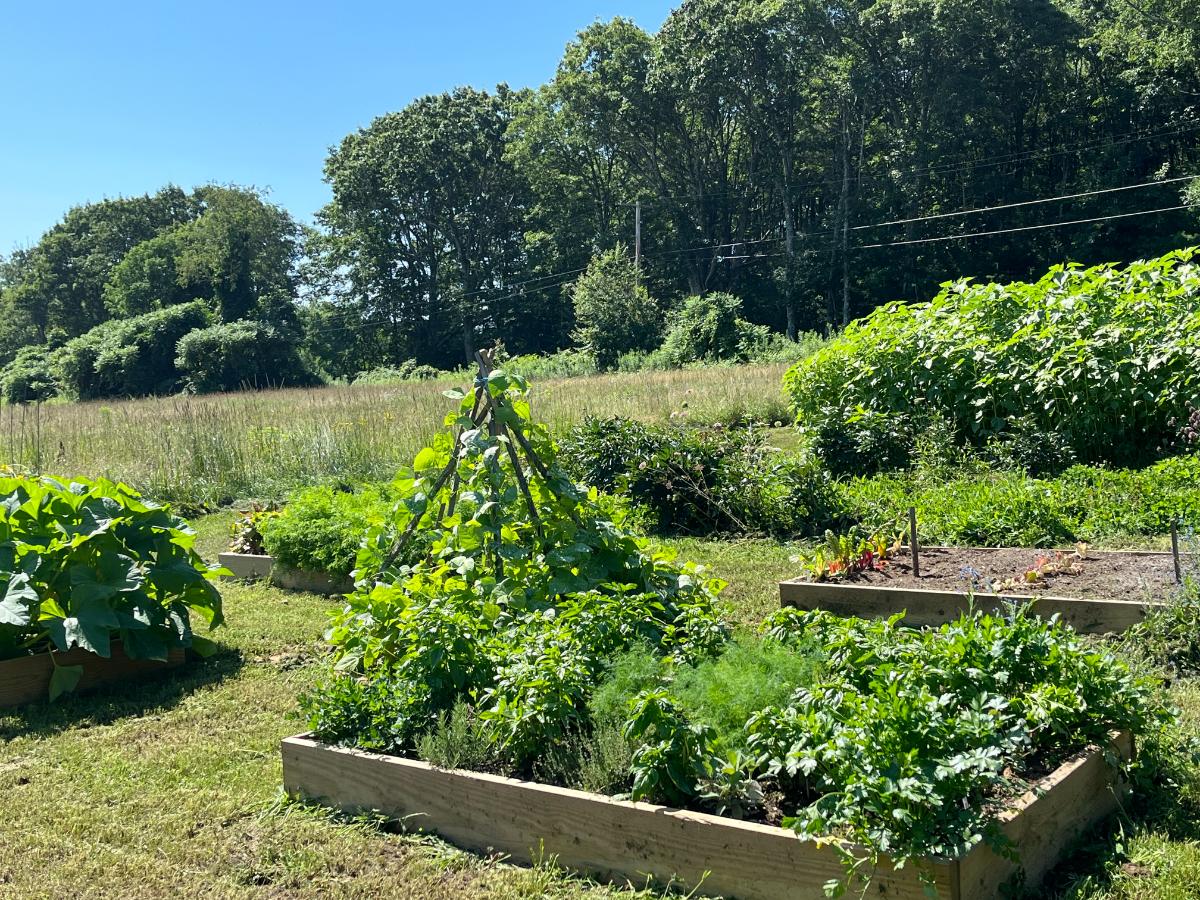
Are you a new gardener at a loss for where to get started with your vegetable garden adventures? Or perhaps you have some gardening experience, but you feel like you’re not quite hitting the mark for harvests, management, and efficiency that you’d like to?
What you need is a simplified, solid blueprint of gardening advice to get you started. We’ve got it!
Jump to:
- 6 Steps to Help You Get Started Gardening
- 1. Start with light
- 2. Do small well
- 3. Keep it basic with soil fertility
- 4. Grow what you eat (what you like to eat)
- 5. Keep soil covered (with mulch or close plant spacing)
- 6. Don’t complicate it, and don’t let it be intimidating
- “You can’t Google experience” -- Joel Salatin
6 Steps to Help You Get Started Gardening
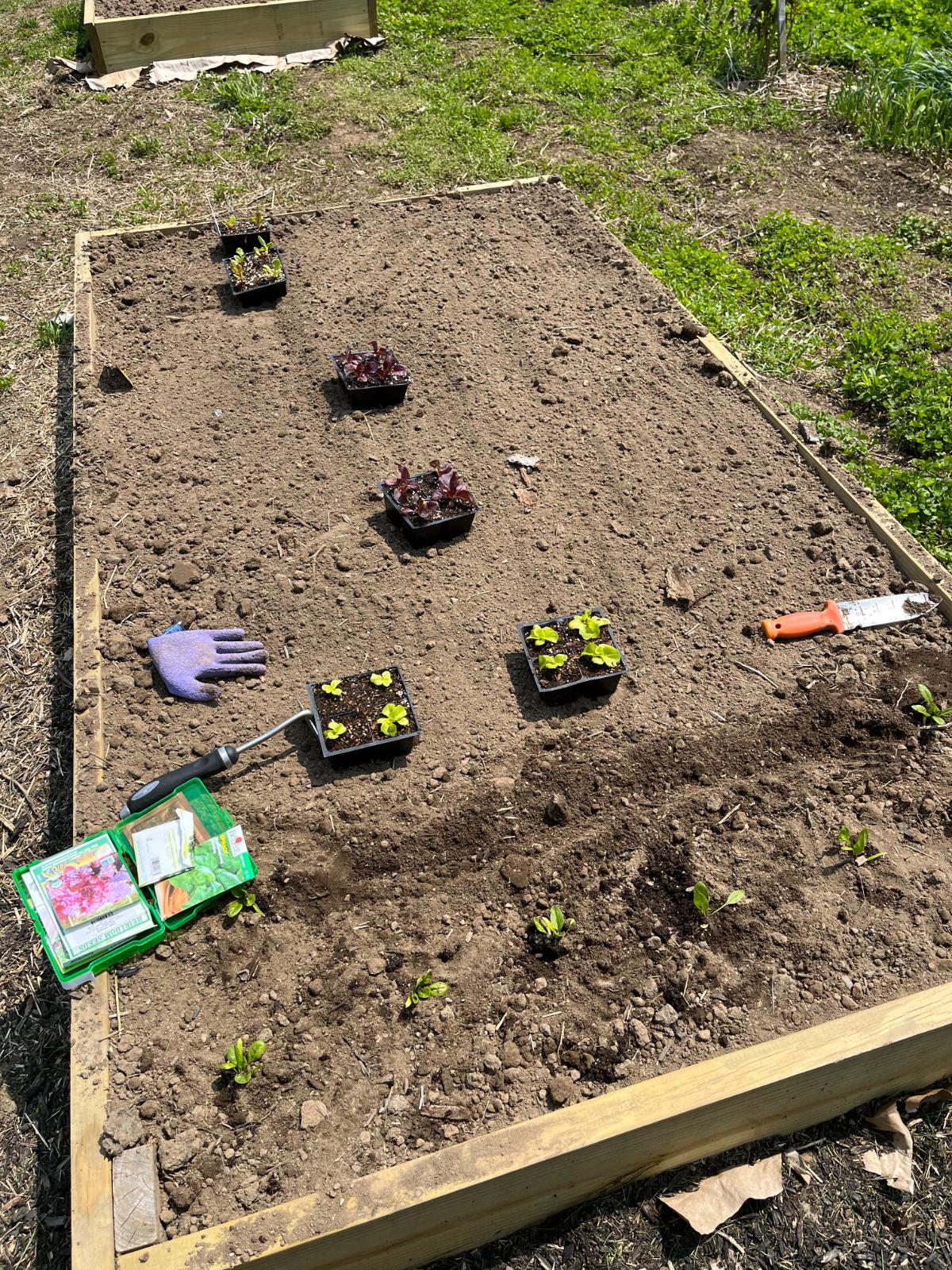
There is a world of possibilities when you first start gardening. But rather than trying to take on the whole world, step things back a bit. Get a good handle on gardening first, and then grow from there. Literally.
Here are six pieces of top advice for new gardeners that even seasoned gardeners can really benefit from:
1. Start with light
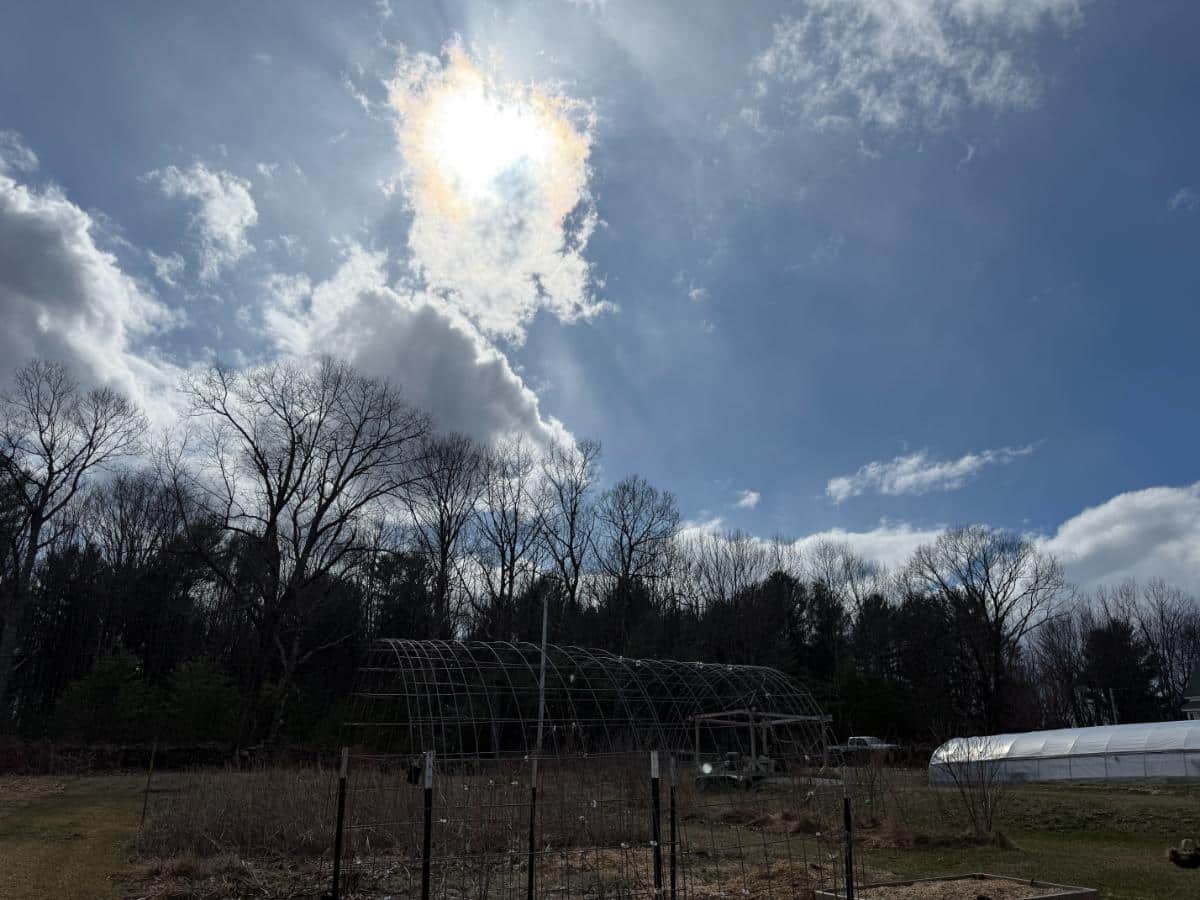
Light rules everything in the vegetable garden. Almost all productive vegetable plants need full light in order to grow strong, resist pests and diseases, and mature to harvest in a timely fashion.
Full light dictates production and performance. Without it, you may get a few things to grow, but you may never get ripe, mature, harvestable food from them. If you do, it’s bound to be small, with not very many harvestable vegetables.
Full sun is defined as at least six to eight hours of strong, unshaded sunlight per day. The higher end is definitely better, so aim more towards the eighth. In fact, if you can, go higher. This is not an instance in which less is more.
So, before you start any gardening at all, take a look at your yard and the garden spaces available to you. Pay attention over a few weeks and watch the sun. Take note of how much of that area is hit with bright sunlight in a day.
Keep in mind, if you do this too early in the year, if trees and leaves are not yet out or if the sun is in a different position than what it is in in the summer, your notes may not be accurate. So, accommodate for fully-fledged leaves on trees. Just before you build your bed or plant, reevaluate the space again, as close to planting or growing time as possible.
2. Do small well
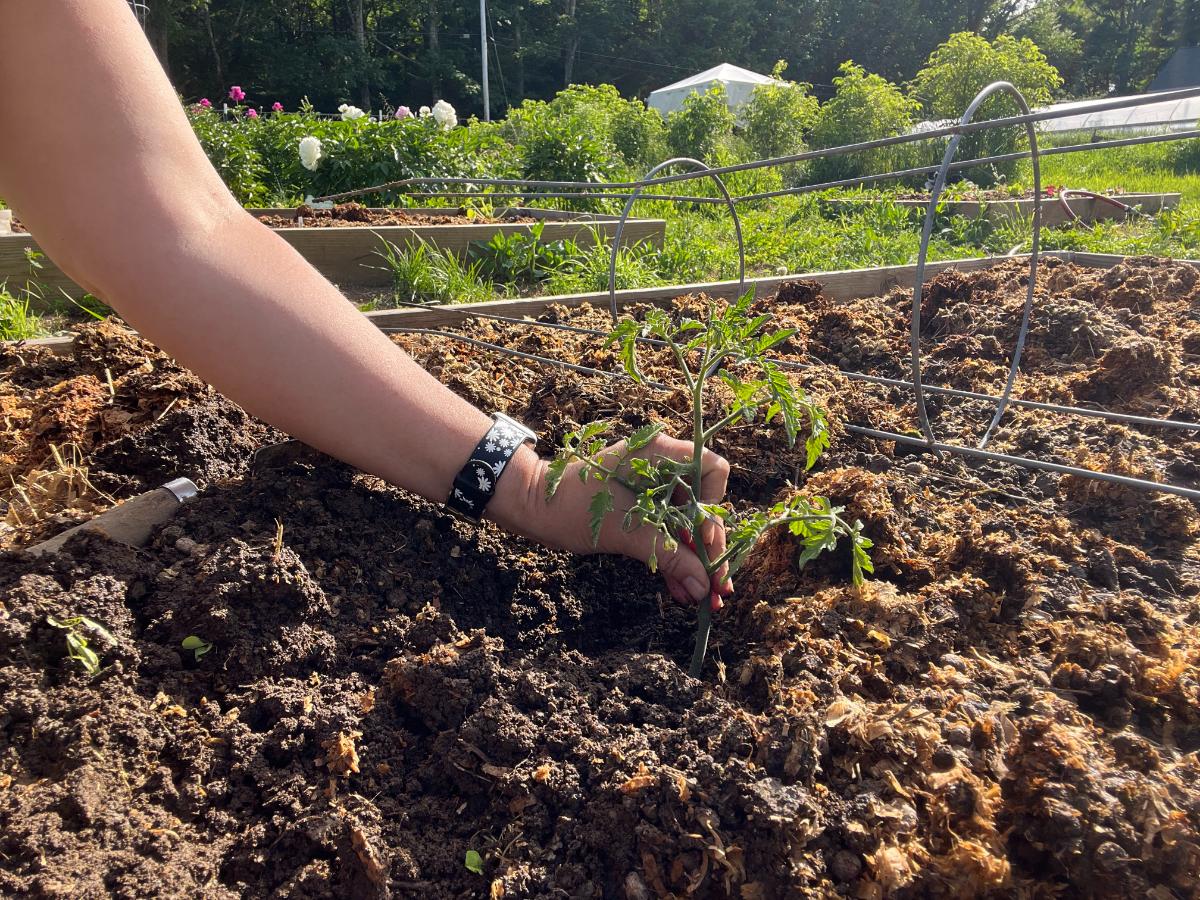
The biggest downfall for gardeners, what makes them give up, is having their early garden experiences become too much. They plant with big intention, not understanding the time and effort involved and not being able to keep up with it all. Between weeding, watering, picking, and preserving, it’s easy to bite off more than you know how to chew in the beginning.
Even well-seasoned gardeners are guilty of this!
We start with big plans and big dreams of becoming mostly self-sufficient or having the huge garden that grandma grew. But we have different levels of experience, passed down knowledge, and different work, family, and social pressures than what existed in earlier days. So doing what grandma did, especially with no hands-in-the-dirt experience, is often unrealistic, at least in the beginning.
Don’t do that.
Instead, capture the inertia of success. Start small and, as Joel Salatin says, “do small well.” Don’t do large unwell.
Start with either a small to medium-sized garden or a raised garden bed (or two or four), and focus on doing them well. You’d be amazed at how much food can come out of just a few small, well-maintained four-by-eight-foot beds!
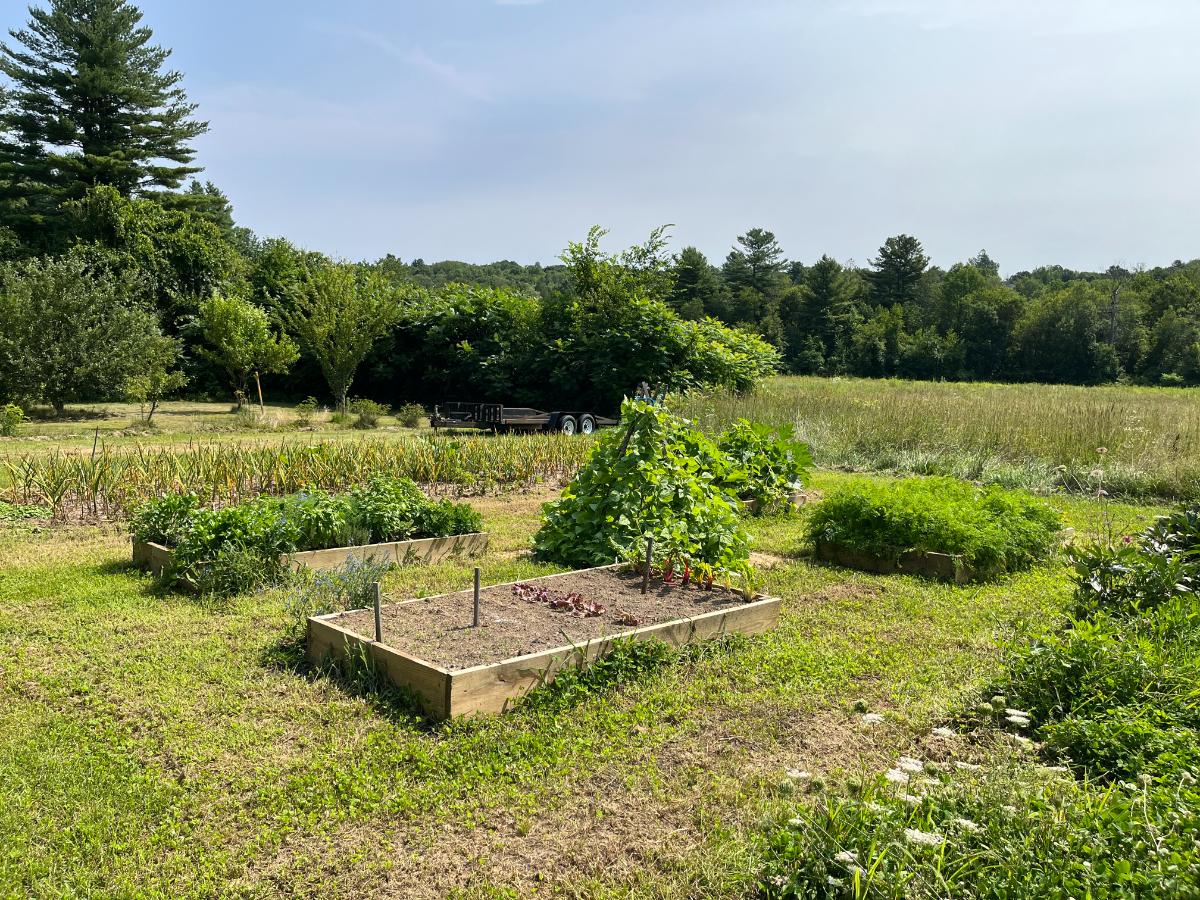
You’ll also be amazed at how much simpler and easier things are in such beds and how many problems the beds solve for you.
Raised beds allow for easy layout, weed management, and space management. They keep grasses, lawns, pets, wildlife (many but not all), children, and more from overrunning your gardens. Raised beds also reduce soil compaction and other problems because it is not walked on.
Most importantly, raised beds keep gardening chores in small, manageable bites that you can work in just a snippet of a half hour every few days or so or just a couple of hours a week (possibly less).
They are less intimidating and less overwhelming. Because they do not lose space to aisles between rows, you can pack the plants and grow much more food than you might expect. And almost every type of vegetable you can think of can be grown in a raised bed, or a small bed in the ground.
“A smaller, well-maintained space will actually produce more than a large, poorly maintained space.” -Joel Salatin
3. Keep it basic with soil fertility
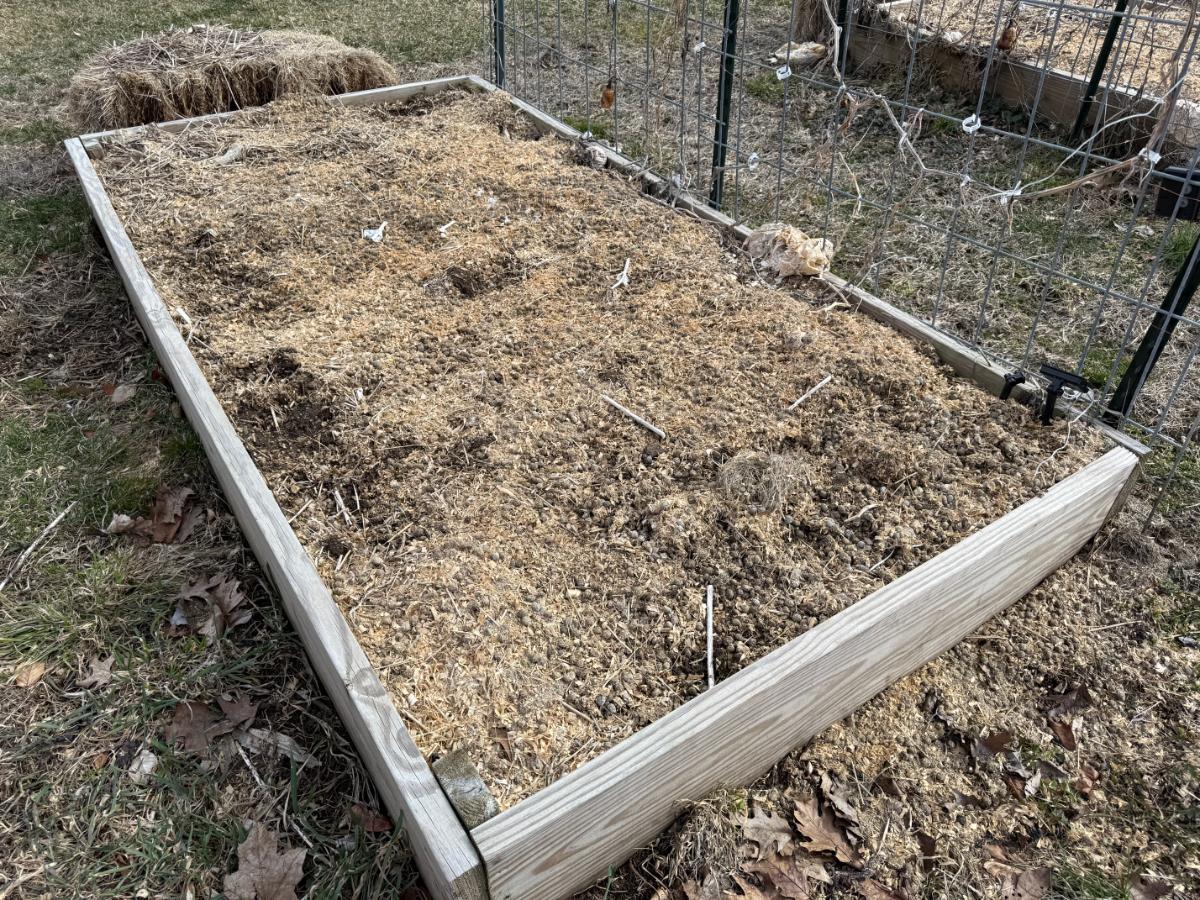
When you start researching things like “how to grow a garden,” you’ll see an awful lot said about soil. What’s good soil, bad soil, how to amend the soil, how to fertilize the soil, soil prep, and soil testing.
It can be a lot. And yes, soil quality and fertility are important (quality being probably more so). You may struggle if your soil is too sandy or too heavy with clay.
Beyond that, though, most soils are good for gardening. And in the first year or so, most of them will have a lot of fertility because their nutrients have not been tapped before.
While it is wise to start off with a boost and a little soil amendment (a fancy, intimidating word that just means adding things like nutrients to the soil), don’t get too overwhelmed with soil testing and amendment.
As long as your soil structure is basically good, just add in some compost, aged manure, or “cool” manure* if you have it, and mix or til it in. Then get growing. Don’t overthink it.
Most of the time, things will grow without ever testing your soil if you just give it a good slug of compost every year.
(*If you don’t know what aged or “cool” manure is, don’t worry about it! You don’t have to grow a garden. Just get some compost and learn that later if you want. In fact, with good compost, you can garden forever without ever knowing what either aged manure or cool manure is!)
4. Grow what you eat (what you like to eat)
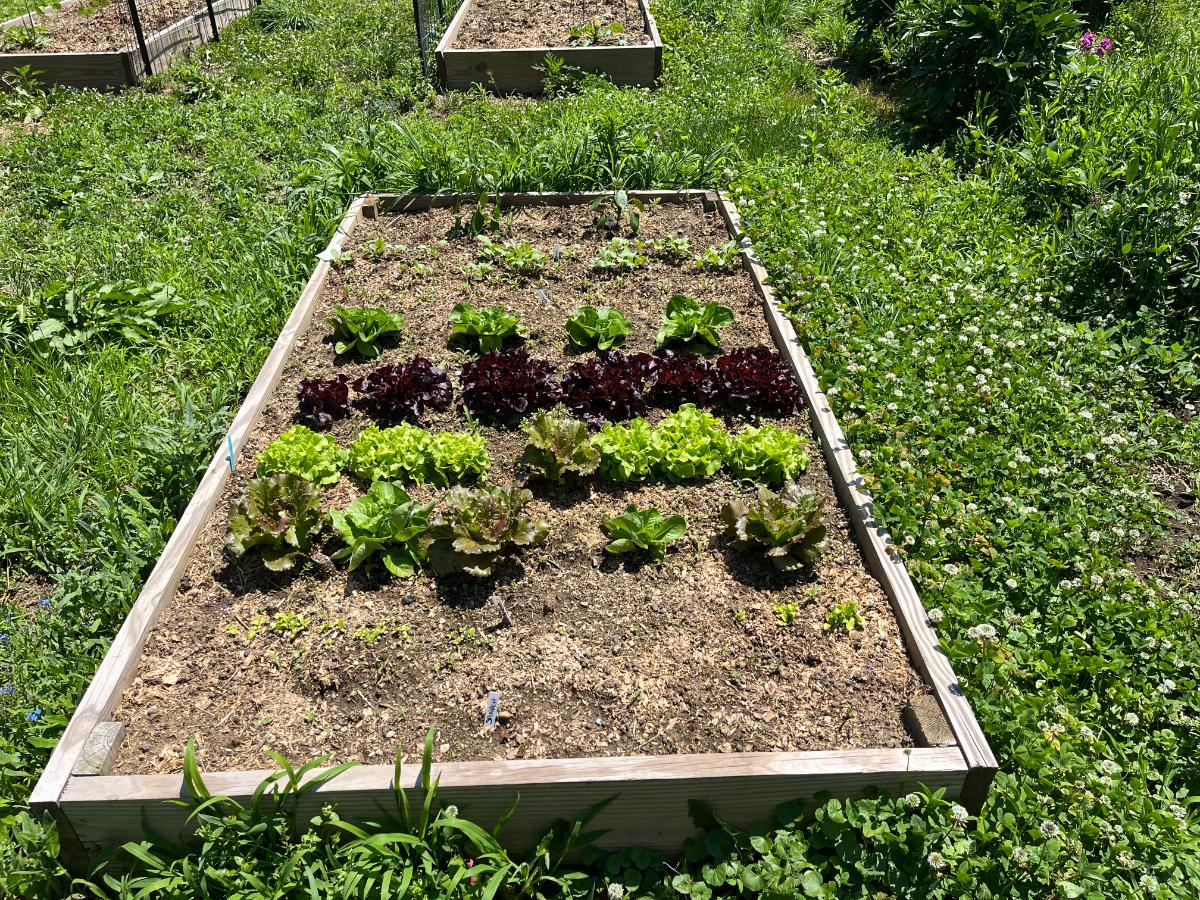
Don’t try to grow the world.
Yes, there are endless, endless listings of cool plants and unique seeds out there. Enough to fill more gardens than you could ever grow.
But what’s the sense of growing things you don’t like, don’t usually eat, or don’t shop for?
It can be really easy in the beginning -- and in fact, as you go on and grow year after year -- to think you always have to push the boundaries, grow the things everyone else is growing, or grow something new.
You don’t need to. If you try to grow too many things, it will be hard to do small well. And you’ll end up caring for plants that you don’t even have an interest in eating.
Harvesting, using, and preserving will become overwhelming. And for what?
You will find it far more rewarding if you can keep both the growing and preparation of food simple. You know how to cook and eat what you already buy. Focus on that first. That’s where the biggest reward is!
You’l make the most use of what you grow, save money, and prevent food from being wasted. It’s okay not to like and not to grow what your neighbor is growing!
5. Keep soil covered (with mulch or close plant spacing)
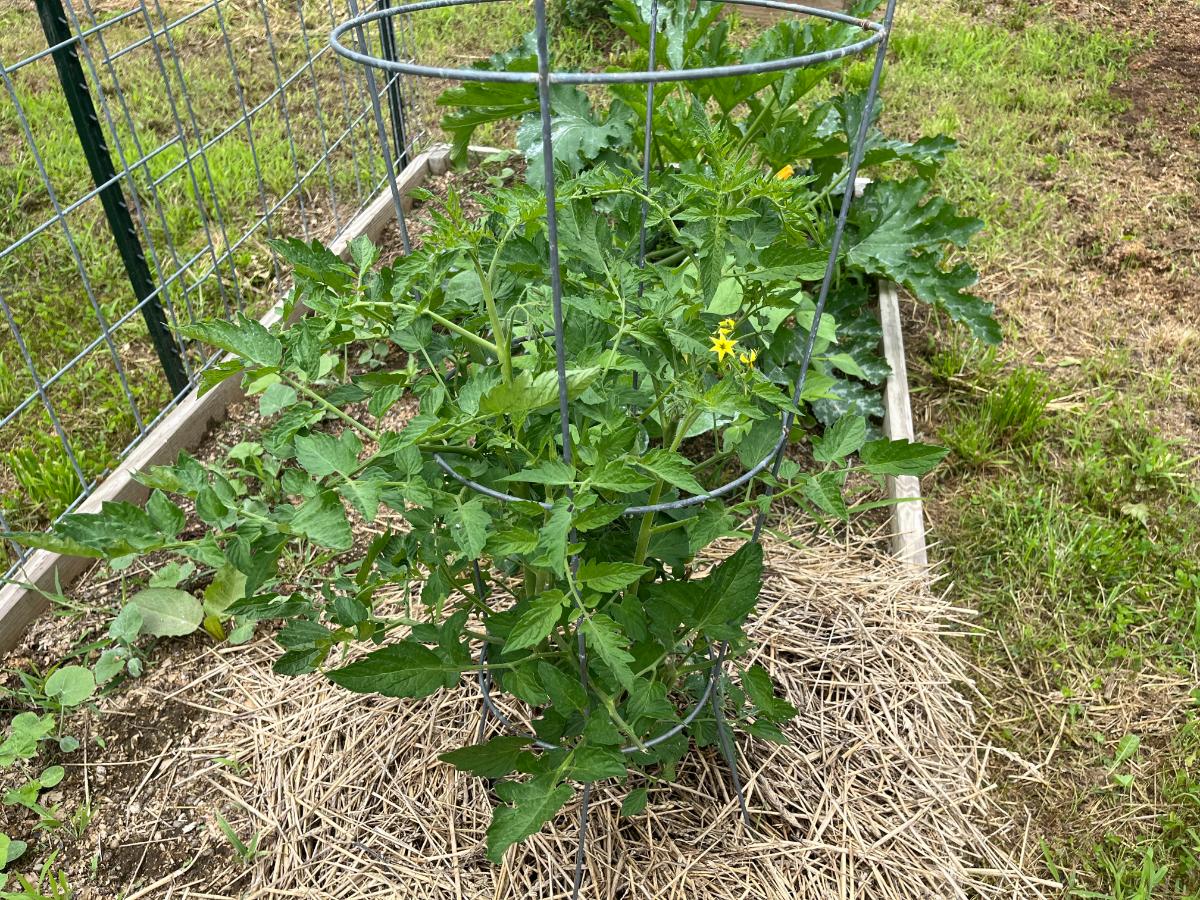
One of the best ways to keep gardens close to weed free is to make it so there is never bare soil in your beds. Don’t let the sun directly hit your garden soil.
If you deny light to the soil floor, you will prevent a lot of weeds from growing and from overgrowing your plants and choking them out. You will also reduce moisture loss and lessen the need for water supplementation.
One way to accomplish this is by planting your plants close, but you also have to keep in mind mature plant sizes, air circulation, and room to grow.
If you’re not sure about plant spacing in garden beds, there are many plans around the internet for planting standard-sized beds. You can also use some of the close spacing of systems like square-foot gardening.
The other option is to mulch everything between your plants. If the plants themselves don’t shade out the sun to the soil, the mulch will.
John Moody’s advice is to have no sun directly hitting the soil between your plants within three weeks of when the garden is planted. This can be accomplished with a combination of planting, companion planting, and as mentioned, mulching.
This is another benefit of gardening in beds instead of rows. There are no bare aisles in between, and the more compact plant spacing often takes care of this issue for you.
6. Don’t complicate it, and don’t let it be intimidating
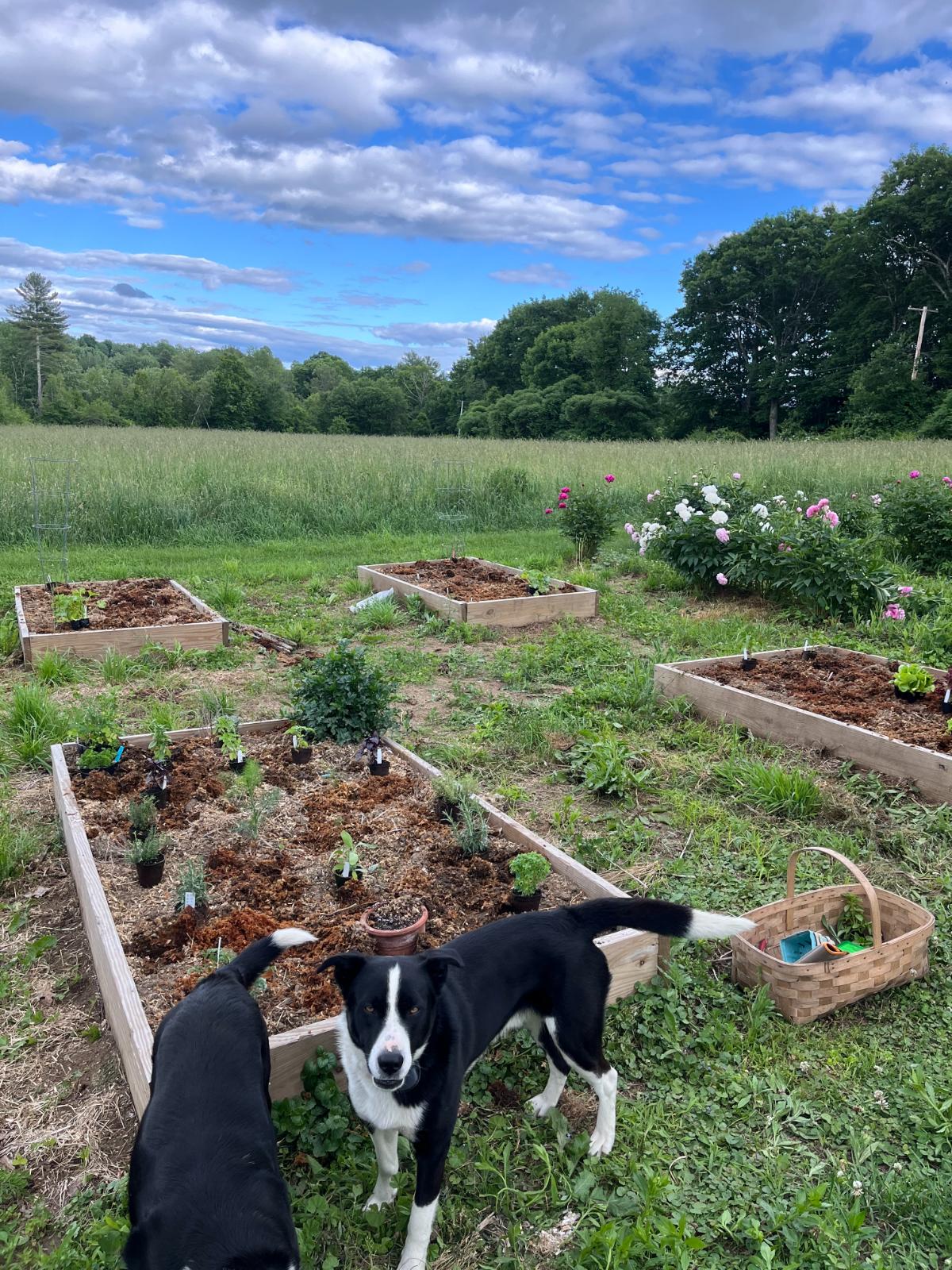
Reading and research are wonderful things, but with gardening, there comes a point where the only way to learn is by doing. Get your hands in the soil. Get something planted. Get growing. Gather that experience.
Don’t be overwhelmed with seed catalogs and the infinite offerings within them. Though wonderful, just start with the proven basics and fine-tune them later. Have success first. Let it snowball in the future.
Start with sets (transplants) for things that do well as transplants. Buy them from a reputable local source, like a local greenhouse, nursery, or garden center (preferably not a “big box” store, but if that’s your only option, it is still a fair one).
Your first year of gardening is not the best time to take on learning how to start transplants inside. Save that for next year or a couple of years from now when you have more experience under your belt. This year, get to know good transplants and performance. Add on the new skills later.
Know what should be started from seed directly in the ground (direct seeded) and start those things that way.
And know this: it’s okay to fail!
Any gardener who claims they never had a failure either didn’t really garden or isn’t being honest. Everyone has garden failures. But there is always another season, a succession crop you can plant, and a time when you can try again and learn from past mistakes or problems.
Grow into your own fine-tuned gardening adventure as you grow and get more gardening experience.
“You can’t Google experience” -- Joel Salatin
“You can’t Google experience,” as Joel Salatin likes to say. But you can grow your own experience as you grow your garden.
The best way to get started gardening is to do just that. Get started.
Start small. Start well. Grow what you like and like what you grow. And in another season, grow on if you want to. Or just stay smaller, better, if that’s what works for you. The way to get there is to start somewhere. Get growing!

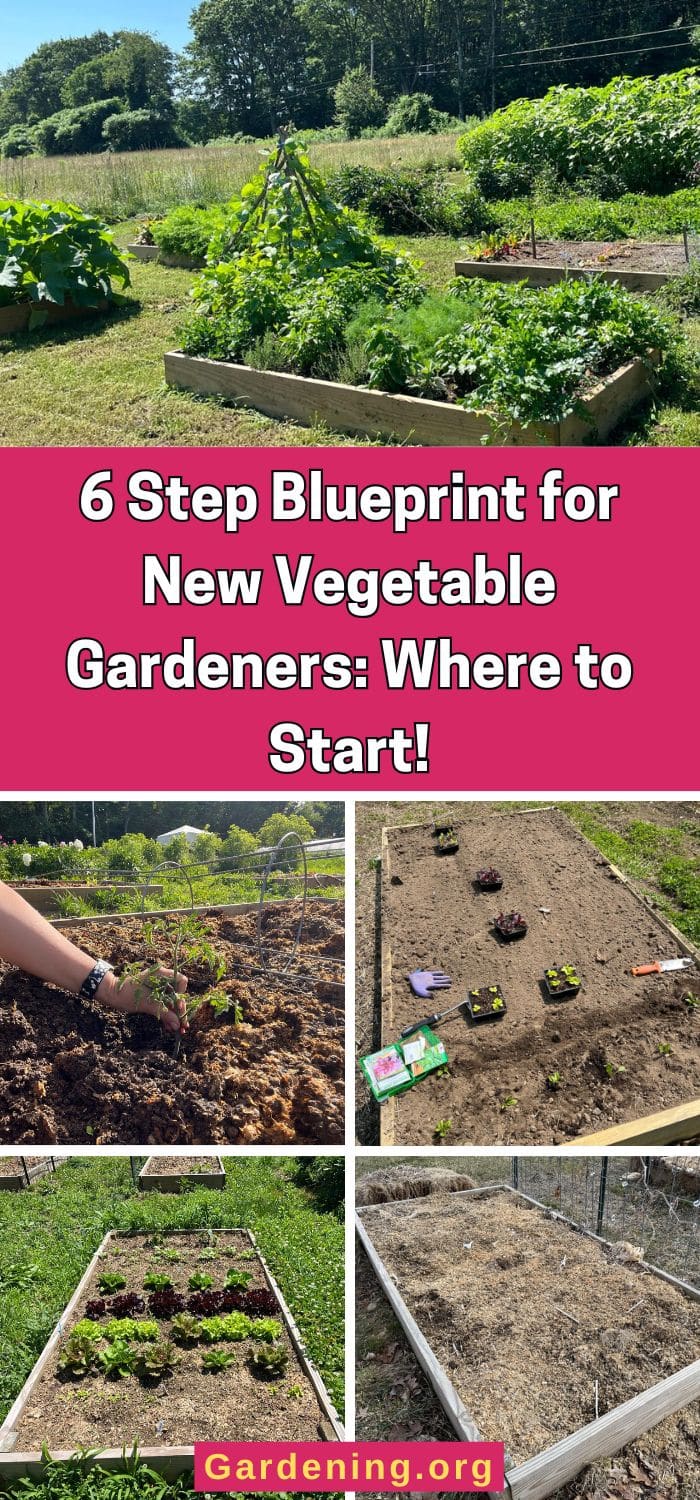
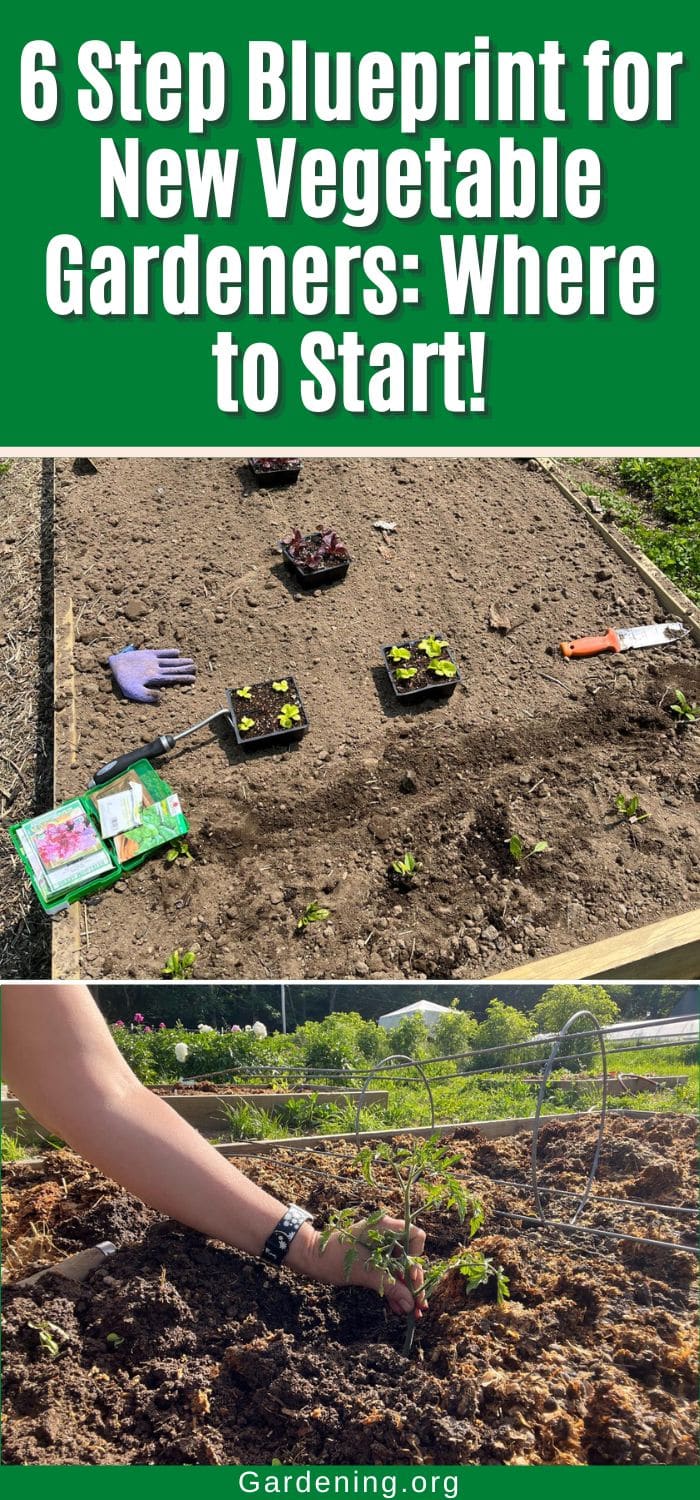
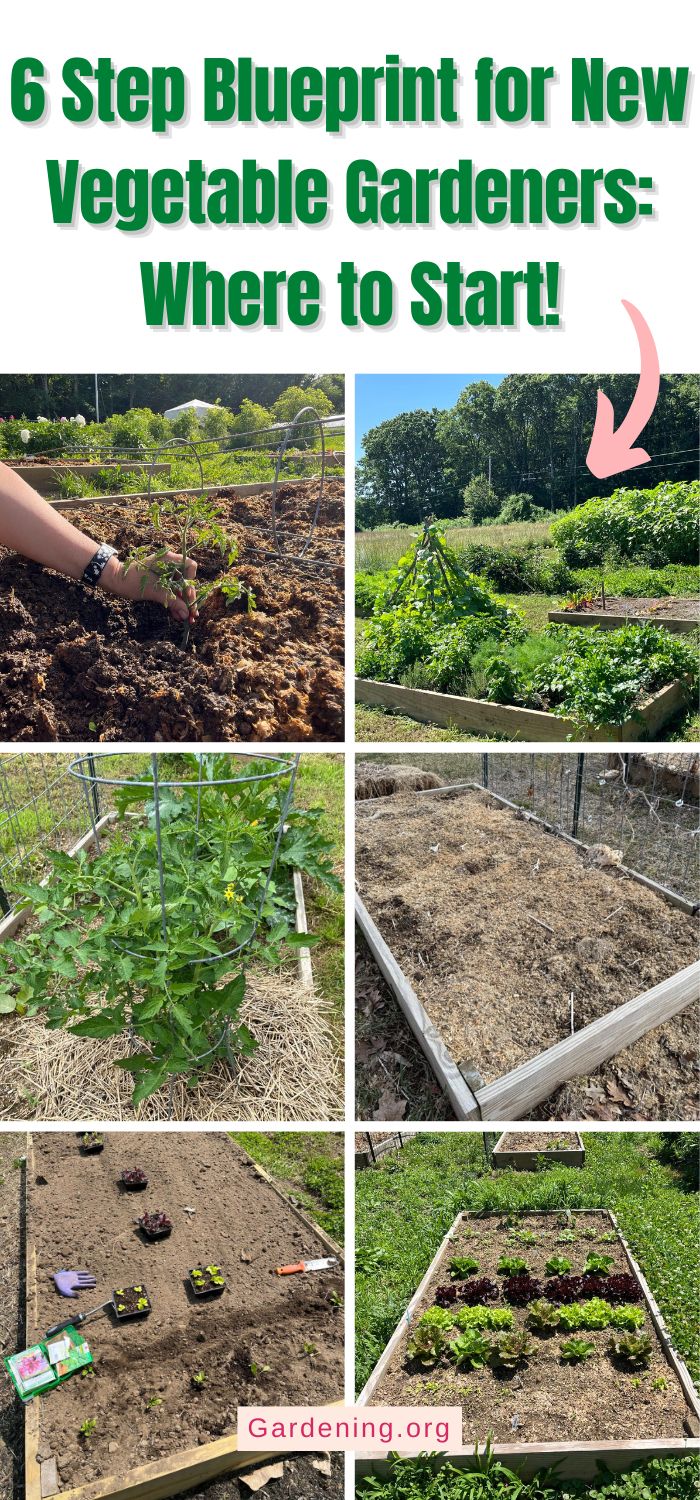
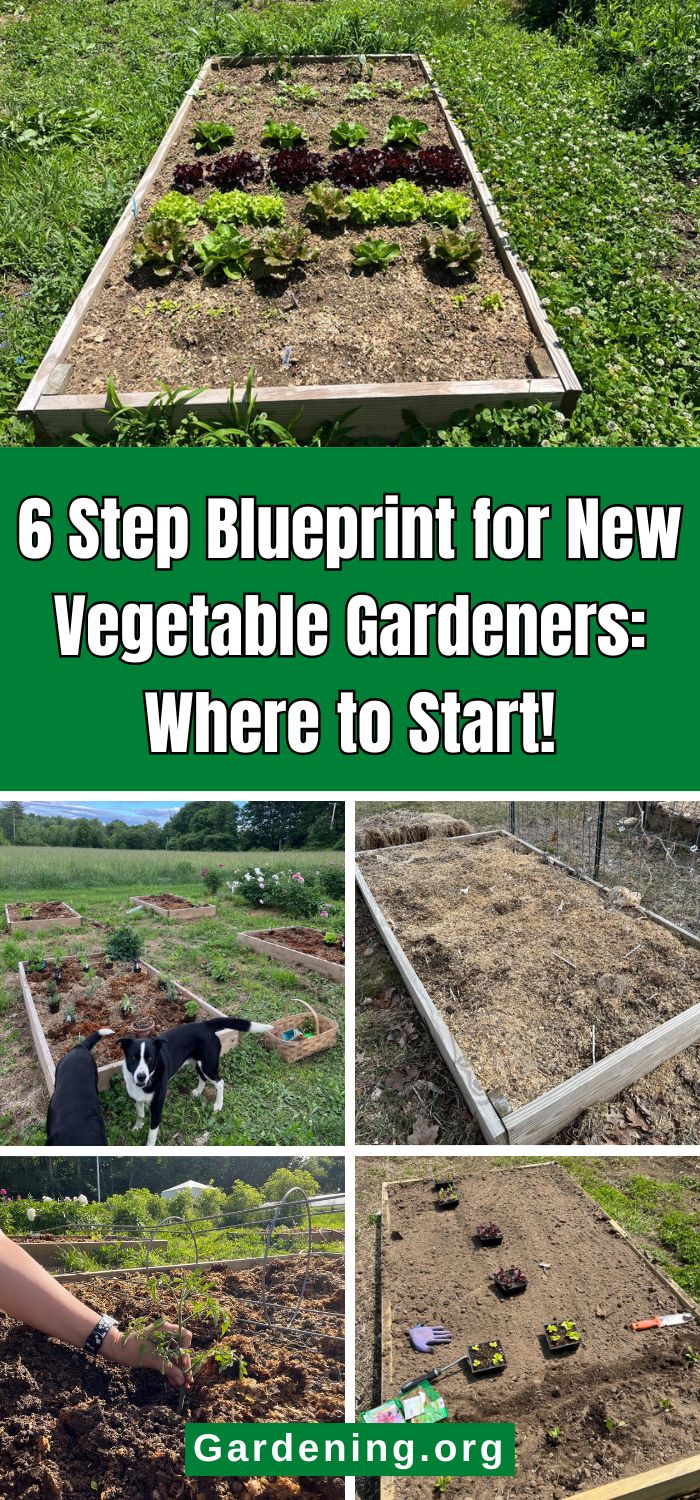
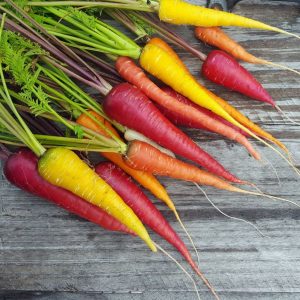
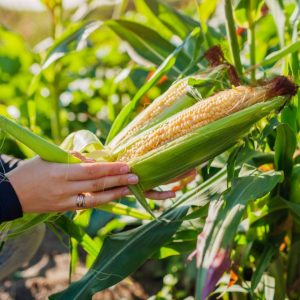
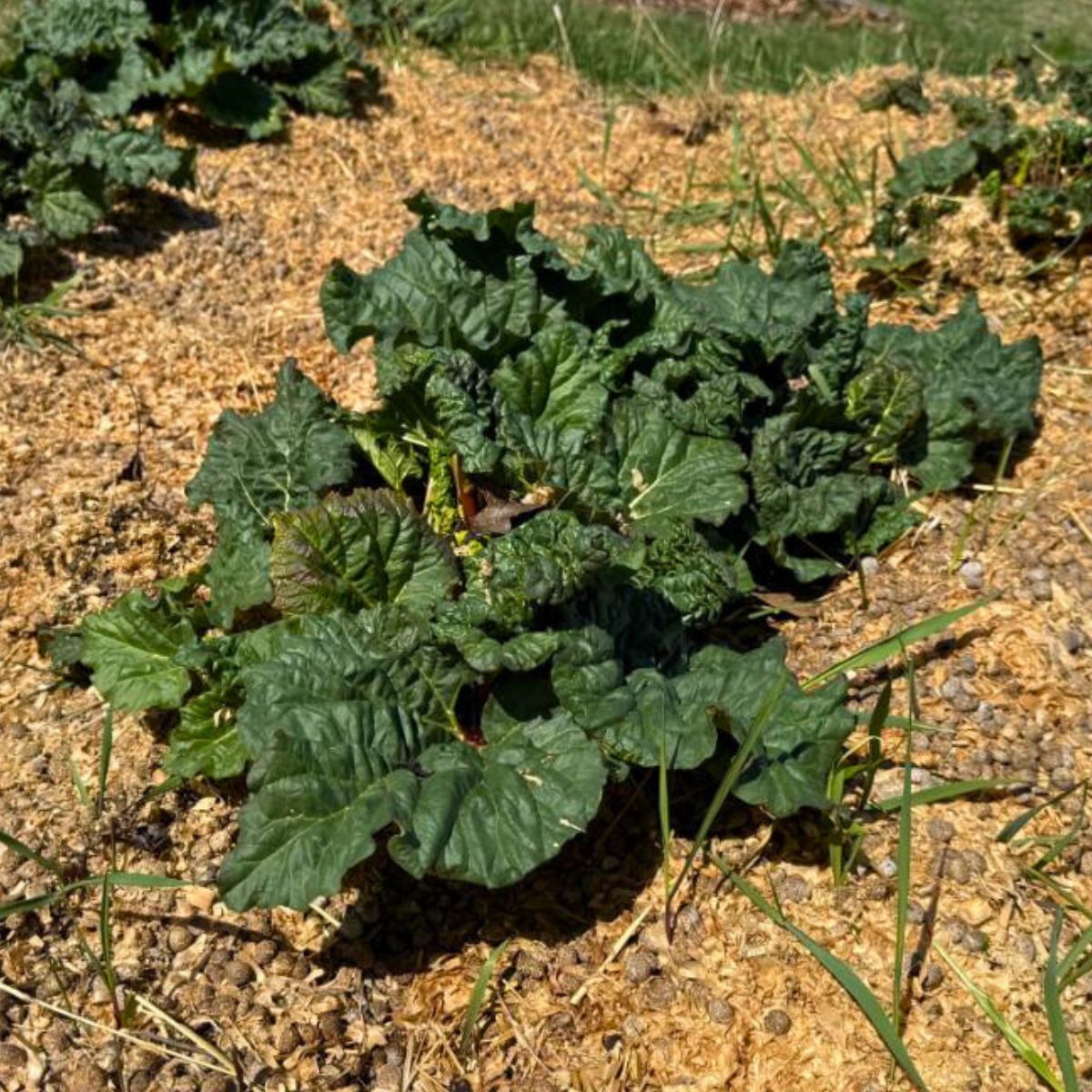
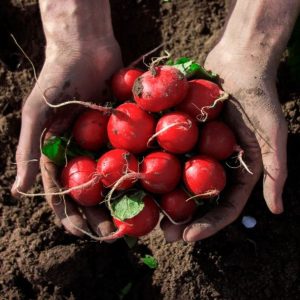
Leave a Reply